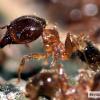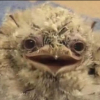Always an interesting topic, so here's a list of the biggest Pheidole species in the world, at least based on head widths and head lengths of the major/supermajors.
Any corrections would be welcome.
https://keyapa.com/p...e-in-the-world/
- Formiculture.com
- Forums
- Gallery
- Members
- Member Map
- Chat















